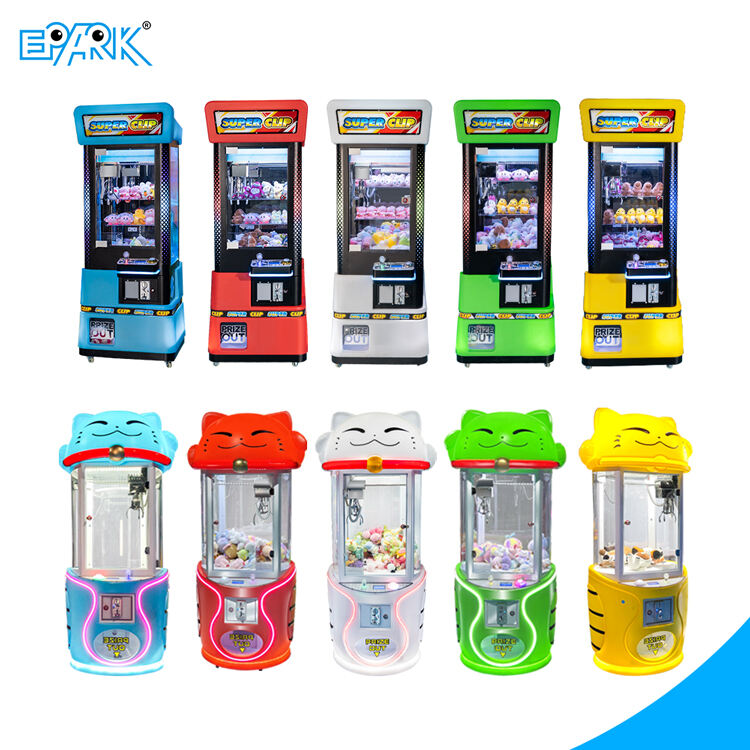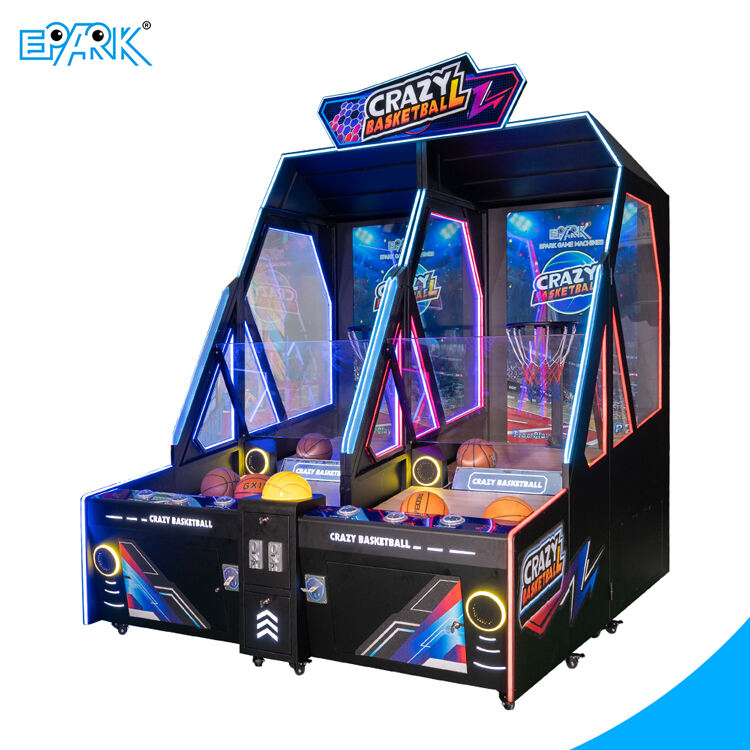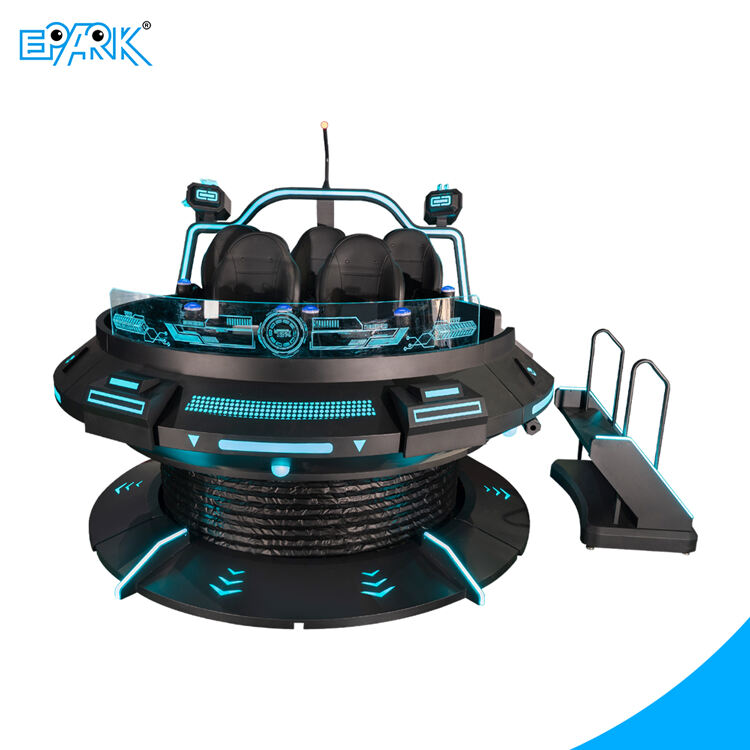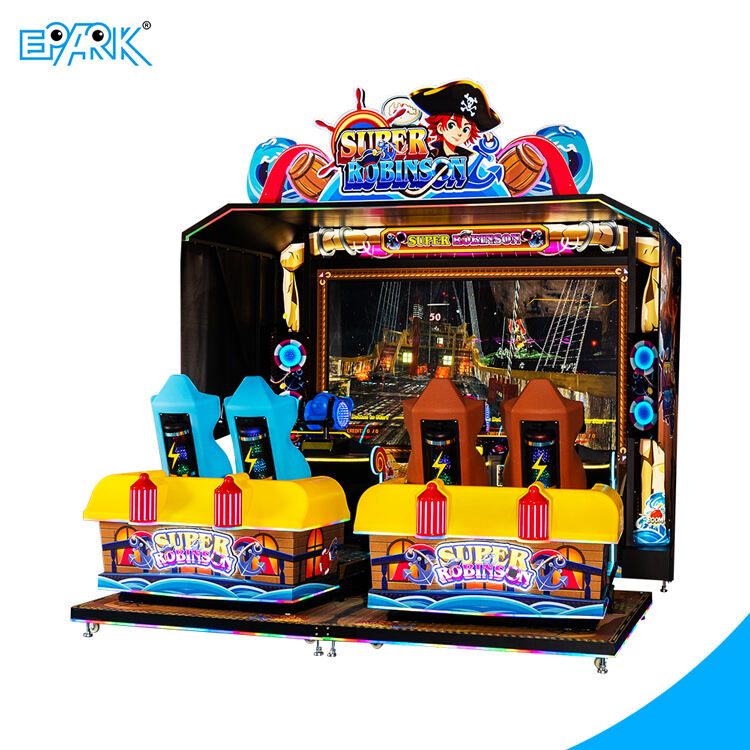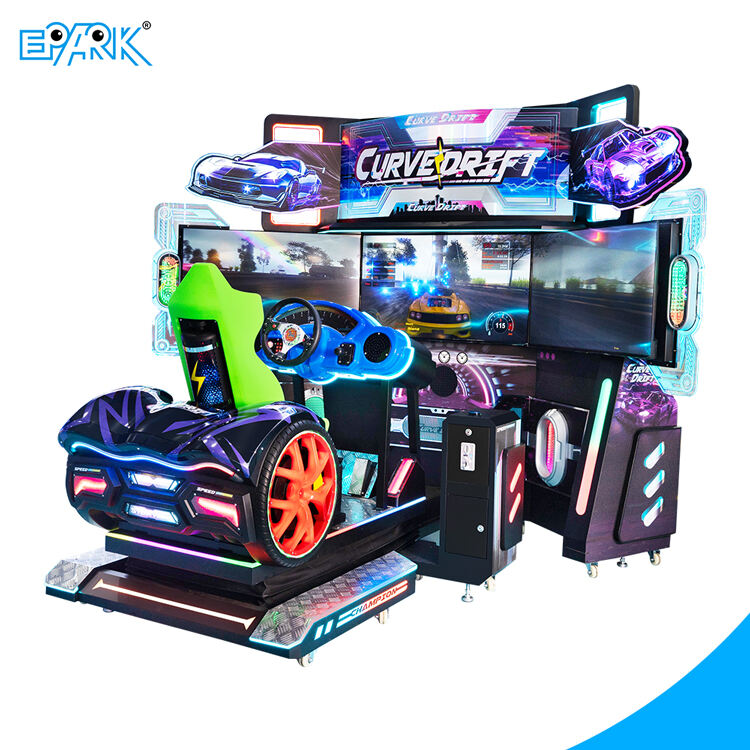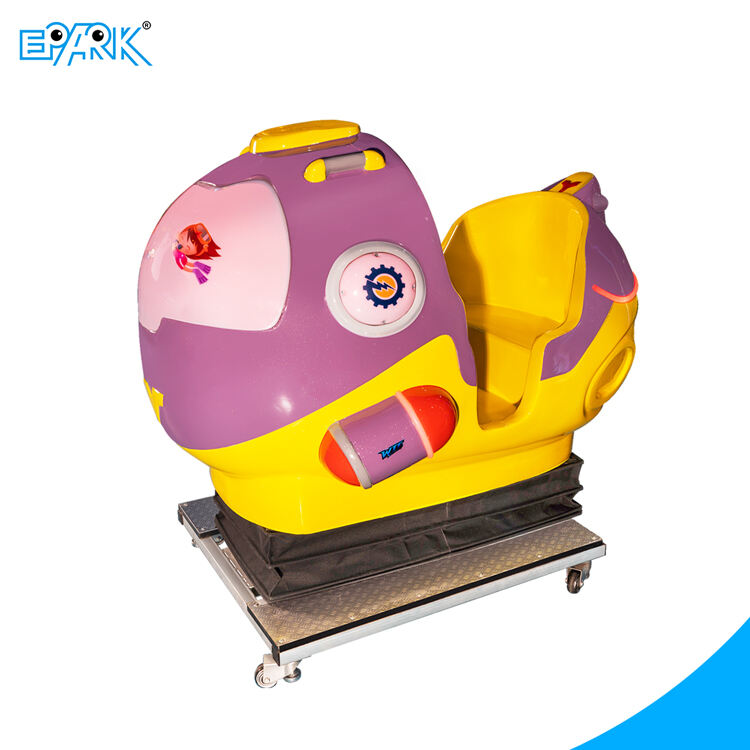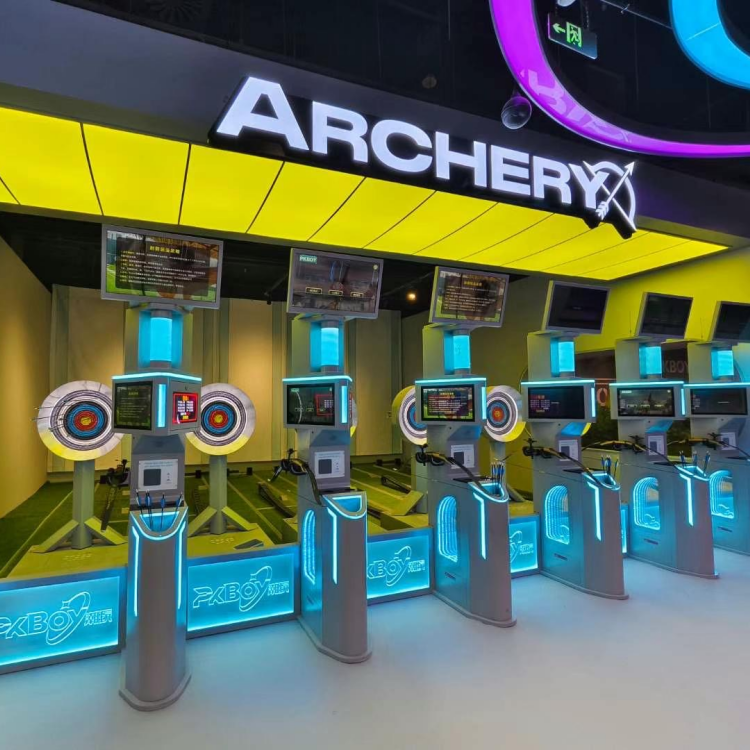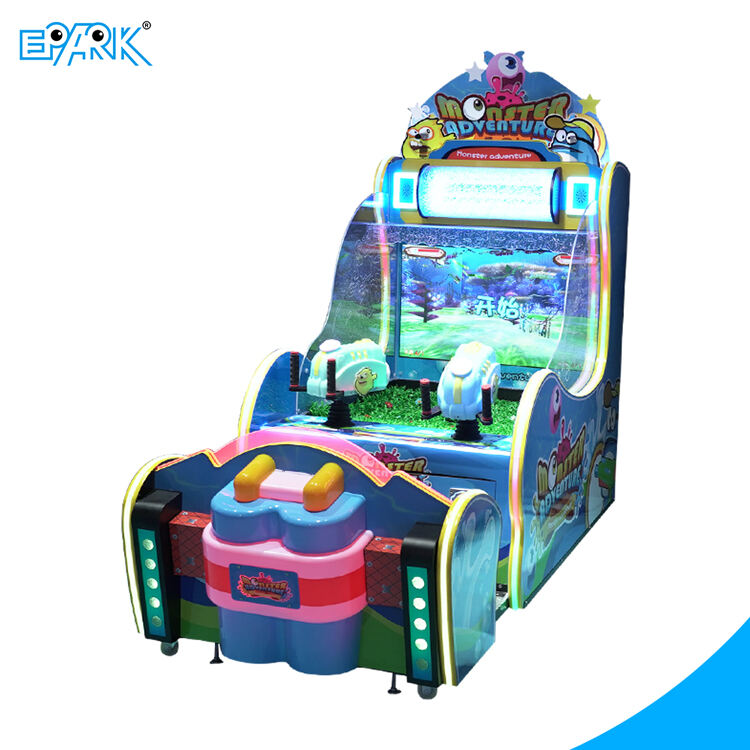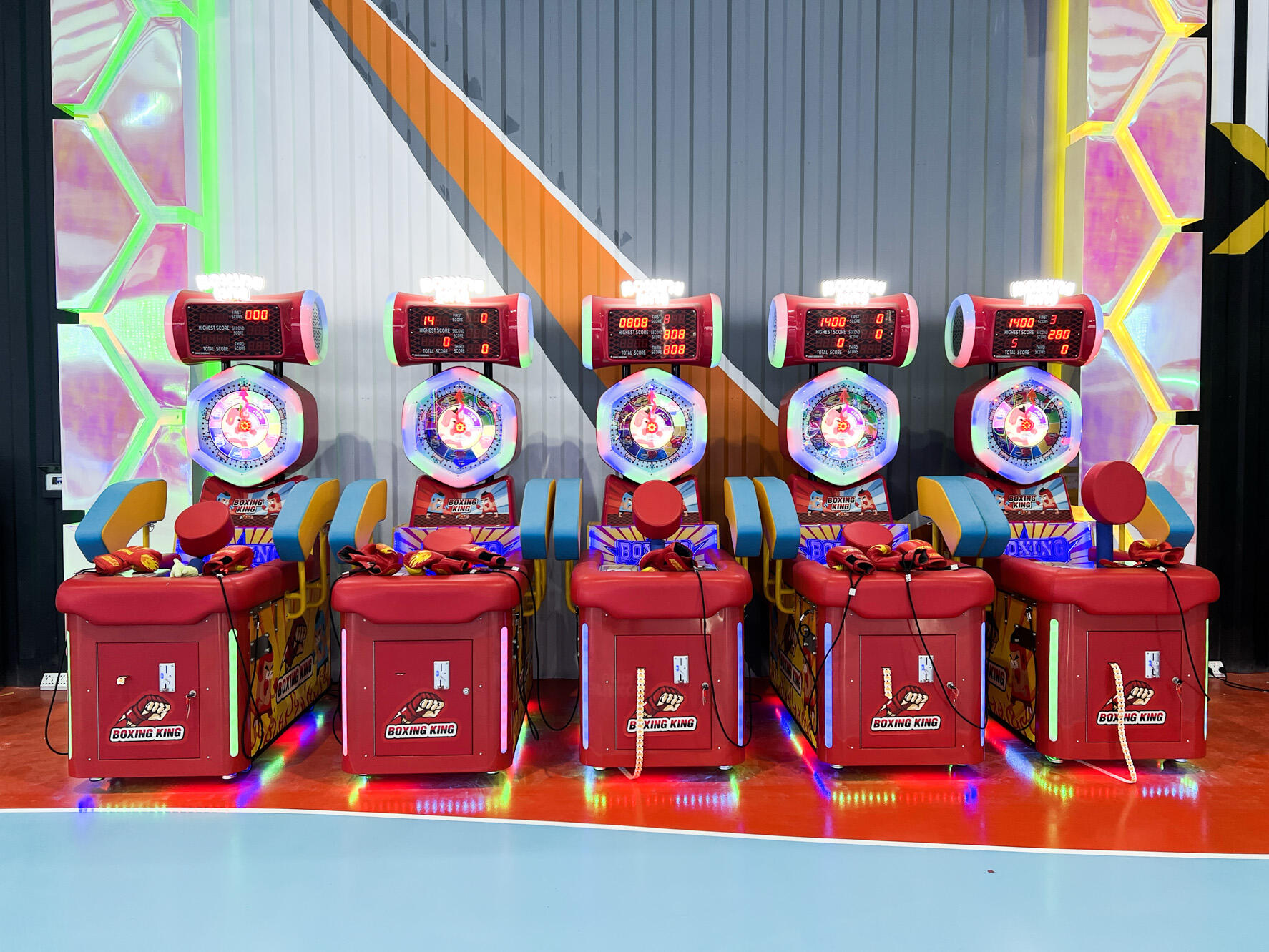The Science Behind Muscle Memory and Repetitive Skill Development
Understanding Motor Learning in Cricket Bowling
Bowling machines help players pick up skills faster because they work with how our muscles and nerves adapt when learning new movements. When bowlers get used to seeing the same type of delivery over and over again, their bodies start recruiting the right muscle groups more efficiently. This creates better coordination between what the eyes see and how the muscles respond. Studies have shown that beginning bowlers can cut down their reaction times by around 25 to 30% within about two months of using these machines regularly. One such study was published recently by Bernández-Vázquez and colleagues back in 2022, which looked at how this kind of training affects performance.
Consistent Delivery Simulation for Action Refinement
Bowling machines work by throwing balls along exactly the same path each time, which helps players build muscle memory through repeated practice. Research indicates that hitting around 300 deliveries of one particular style really starts to wire those movements into the brain, so when pressure comes during actual matches, the technique stays consistent (Harris et al. found similar results back in 2023). The best machines today keep things like seam position and ball swing pretty much spot on, varying no more than about 2 degrees from one throw to the next. This kind of consistency just isn't possible with even the most skilled human bowler trying to replicate their own deliveries.
Targeted Practice for Weak Spots Using Adjustable Settings
Modern bowling machines turn technical weaknesses into strengths through customizable parameters:
- Speed modulation (45–90 mph) to progressively increase difficulty
- Programmable line and length combinations that expose flaws
- Spin rate adjustments (200–2500 RPM) to improve ball recognition
A 2023 sports technology study found bowlers improved 43% faster when using these adaptive features three times per week compared to traditional net sessions. The immediate feedback loop—where each parameter change correlates with visible performance shifts—ensures training remains aligned with individual development goals.
Customizable Delivery Options to Match Skill Levels and Styles
Bowling machines these days really help players get better because they let coaches adjust both speed and angles for different levels of challenge. Newbies typically begin practicing with balls coming in around 40 to 50 miles per hour without much curve, whereas pros work on their reflexes against faster deliveries over 70 mph that might come in with as much as 15 degrees of swing. The Cricket Australia research from last year found something interesting too - this method actually boosts reaction speeds by about a quarter. Makes sense when you think about it, right? Getting used to varied conditions helps build those split second decisions.
Simulating Real-Match Conditions: Seam, Swing, Spin, and Bounce
Advanced systems replicate bowler-specific techniques such as reverse swing and leg-break spin using weighted seam positioning and airflow-regulated trajectories. Batters face:
- Lateral movement up to 8” (20 cm) for mastering swing
- Vertical bounce variance from 6” to 30” (15–76 cm)
- Spin rates adjustable between 800–2200 RPM
This tactical variability enables batters to adapt 38% faster to unfamiliar bowling styles, based on ICC training data.
Tailoring Training Programs for Beginners, Intermediates, and Pros
AI-driven systems generate adaptive drills using real-time performance metrics:
| Skill Level | Key Focus Areas | Session Duration | Success Rate Improvement* |
|---|---|---|---|
| Beginner | Footwork basics | 30–45 mins | 15–20% weekly |
| Intermediate | Shot selection | 60 mins | 12–18% monthly |
| Professional | Pressure scenarios | 90+ mins | 8–12% tournament cycle |
*Based on 2024 sports biomechanics research across 1,200 players
Coaches can override presets to target specific weaknesses, transforming each session into a focused skill-building opportunity rather than generic repetition.
Improving Accuracy and Consistency Through Precision Feedback
Programmable line and length for targeted accuracy training
Bowling machines allow players to rehearse critical delivery patterns through programmable line-and-length settings. Configuring repeated yorker-length balls or off-stump corridors—situations responsible for 42% of professional wickets (Ponemon, 2023)—builds spatial awareness and reinforces muscle memory for high-leverage match conditions.
Real-time feedback systems for immediate technique correction
Sensor systems track how balls are released and where seams sit, while fast action cameras record what happens with the wrist throughout the throw. Bowlers get instant warnings through sound and visuals whenever their elbows bend too much beyond the sweet spot range of around 15 to 20 degrees, or if they land on their back foot at odd angles that aren't quite right for proper form. These real time signals let them fix problems as they happen. The effect is pretty remarkable actually skills tend to improve about three times faster than just working with coaches who can only point out mistakes after the fact.
Tracking performance over time with data analytics
Systems generate heatmaps showing consistency trends across sessions and detect subtle changes like late-swing drift. Over six-week cycles, bowlers using this data typically achieve 27% tighter line control and 19% better length precision, guiding practice toward measurable improvement.
Mastering Advanced Bowling Techniques Under Controlled Conditions
Modern bowling machines facilitate precision practice of complex deliveries—yorkers, bouncers, and slower balls—through programmable trajectory controls. A 2023 Sports Science Journal study found bowlers who trained eight or more hours weekly with adjustable machines improved yorker accuracy by 34% compared to those relying solely on net practice.
Practicing Yorkers, Bouncers, and Slower Balls With Precision
Millimeter-level adjustments to release angles (65°–85°) and spin rates (900–2200 RPM) allow athletes to refine wrist positioning and follow-through mechanics. Coaches often design 15-minute hyper-specific drills, such as landing 12 consecutive slower balls within a 30cm “death zone,” to build repeatable tactical execution.
Preparing for High-Pressure Match Scenarios Through Simulation
Advanced models simulate T20 death overs—inducing 18–25% greater heart rate fluctuations—and Test cricket marathons (50+ over spells), incorporating light and sound effects to mimic crowd noise. Athletes who used pressure simulations over six weeks showed 28% better decision-making under fatigue in live matches (Cricket Australia, 2022).
Balancing Innovation With Traditional Coaching Methods
While machines provide quantifiable data on seam presentation (35°–55° axis tilt) and release timing (±0.08s variance), they deliver best results when combined with video analysis and coach-led workshops. Top-tier programs typically integrate 60% machine-driven repetition with 40% personalized coaching to ensure holistic athlete development.
Frequently Asked Questions (FAQ)
How do bowling machines aid in skill development?
Bowling machines help players develop muscles and nerves in a coordinated way by allowing repetitive practice of specific actions, thereby improving muscle memory and reaction times.
What features can be adjusted in modern bowling machines?
Modern machines have customizable parameters such as speed modulation, programmable line and length combinations, and spin rate adjustments to target weaknesses and enhance skill sets.
How do these machines simulate real-match conditions?
Advanced systems are capable of replicating bowler-specific techniques including swing and spin, along with conditions like vertical bounce variance and lateral movement, thus enabling players to adapt to various styles.
Are bowling machines effective for beginners?
Yes, bowling machines can be adjusted for beginners with slower ball speeds and minimal curve, aiding in basic skill development and faster adaptation.

